
- Shandong Microwave Machinery Co.,Ltd.
- To be the Leader of microwave drying and edible oil refining equipments Manufacturer
Home> Company News> Effect of Microwave Drying on Mechanical Properties and Qualities of Soybeans
- AddressNo. 225, Huangqiao Village, Beiyuan, Tianqiao District, Jinan, Shandong, China
- Factory AddressNo. 225, Huangqiao Village, Beiyuan, Tianqiao District, Jinan, Shandong, China
- Phone(Working Time)+86 0531 85064681
- Phone(Nonworking Time)0086-15020017267
- Fax+ 86 0531 85064682
Effect of Microwave Drying on Mechanical Properties and Qualities of Soybeans
2018-10-12 21:22:52Abstract:To solve the easily occurring problems in microwave drying of soybeans such as cracking and internal overheating,soybeans were dried in a rectangular microwave cavity.The transient moisture content,internal temperature of the soybeans were monitored,and the cracking ratio and the mechanical strength of the dry products were evaluated.The results show that,when the microwave power density was less than 0.2,W/g(effective absorption power density was less than 0.1,W/g),the quality of the dried soybean can be ensured:the soybean crack ratio can be controlled to meet the industrial requirements of 5%,(2%, in this research);the internal temperature of soybean was lower than that of the protein denaturation temperature and the mean yield stress of the soybean was 101.11,N.
Key words:microwave drying;soybean;power density;quality;mechanical property
In the process of soybean drying, reducing drying cost and improving drying quality are important links in the competitive soybean market. At present, the drying methods of soybeans are natural drying, hot air drying, desiccant drying, freeze drying, ultra-drying, microwave drying, etc. Foreign countries mainly use hot air drying, while China mainly uses natural air drying, which takes a long time and cannot guarantee the quality of products. Microwave is a penetrating electromagnetic wave with a wavelength of 1, mm to l, m and a frequency of 300, MHz to 300, GHz. Microwave heating has the characteristics of fast drying speed, selective heating and avoiding high temperature due to volume heating characteristics. At present, microwave has been widely used in the expansion and processing of starch foods, the dehydration and preservation of fruits and vegetables, the cooking and drying of meat products, food storage and so on. In this paper, microwave drying soybeans are used to accelerate the drying speed and improve the quality of the products. The moisture content, internal temperature, waisting rate and pressure of soybeans during microwave drying are mainly studied. Microwave drying conditions are applied to soybean microwave drying machinery. The impact of strength and quality.
1 Materials and methods
The drying device is shown in Figure 1. The device adopts single-mode cavity resonant microwave multi-functional comprehensive experimental platform (ZDM-2B type, Nanjing Huiyan Microwave System Engineering Co., Ltd.), the output power is 0~1.5, kW (continuously adjustable), microwave working frequency (2,450±50) ) Hz, the waveguide model is MZY1500S–1, the cavity size is 330, mm × 330, mm ×
215,mm. Online weighing using an electronic balance (JJ3000, accuracy ±0.1, g, G&G), using a fiber optic thermometer (FOT-L-SDC1-F1-M2-R1-ST type, accuracy ±0.01, °C, FISO Company) Online temperature measurement.
The mechanical strength of soybean is measured by an electronic universal testing machine (CMT6503, MTS Industrial Systems (China) Co., Ltd.), and the applied force ranges from 0 to 5, kN, and the accuracy level is 0.5.
1.1 Experimental materials and devices
Use commercially available dried soybeans with full-bodied, smooth surface, soaked in water at room temperature (24 ° C) for 10 min, then placed in a closed polyethylene bag, stored at 4 ° C constant temperature 72, h, before the experiment 2, h Remove and store at room temperature.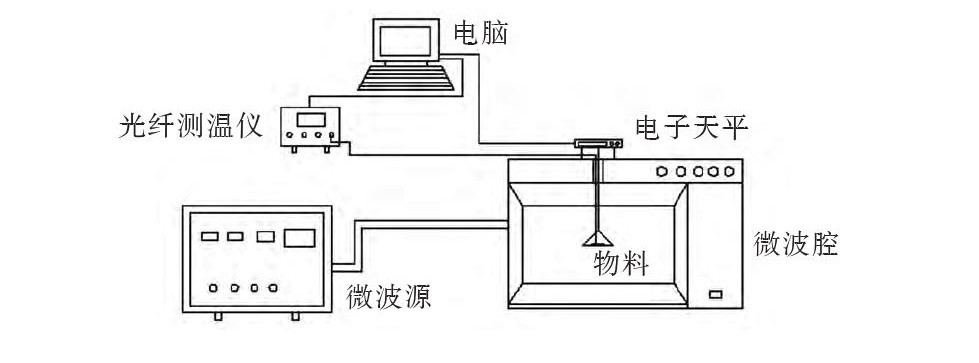
1.2 Test methods
1.2.1 Initial wet basis moisture content
The sample was placed in a dry box at a temperature of 101 to 105, ° C and atmospheric pressure for 6 to 7 hours, and then the mass of the sample was weighed once every 1 hour, and the mass difference between the two times was not more than 2 mg. , that is, the quality is constant [16], at this time the quality of dried soybeans is measured. The formula for calculating the moisture content of wet base is
X =  m m− s ×100%
m m− s ×100%
In the m formula: m is the initial mass of the wet material, kg; ms is the mass of the dry material, kg. The experimental results showed that the initial moisture content of soybean was 20%.
1.2.2 Burst rate
4. The bursting of the waist refers to the surface crack phenomenon of soybean during the drying process. According to the literature [17], 100 grains were randomly taken from the microwave-treated soybeans, and the ratio of the number of blasted grains to the number of samples was the blasting rate. Repeat 3 experiments for each batch of samples and take the average.
1.2.3 Soybean internal temperature
A 1.5 mm diameter hole was drilled on the soybean, and a fiber optic thermometer (fiber temperature probe diameter of about 1.5 mm) was inserted into the soybean to measure the temperature of the soybean center online. The average particle size of soybean is 8, mm, and the size of fiber optic probe is relatively small, which has negligible effect on soybean warming.
1.2.4 Determination of microwave absorption efficiency
In microwave drying, microwave power density (referred to as power density) is the most important process parameter, which determines the amount of energy provided and the quality of the product. However, in the current literature, the definition of power density [18] often ignores the absorption efficiency of microwaves and does not fully reflect the actual energy used to heat materials. In this paper, the microwave absorption efficiency is determined according to the method of the International Microwave Association (IMPI) (calorimetry) [19]. A beaker containing 250,mL of water was placed in the center of the microwave cavity, and the temperature rise curve was measured at microwave powers of 100, 200, 300, 400, 500, and 600, respectively. According to formula (2), the microwave absorption efficiency of water under different microwave powers is calculated, and the average value is the microwave absorption efficiency of the experimental device. η= cm TΔ (2)Where: c is the specific heat capacity of water, J / (kg · ° C); m is the mass of water, kg; ΔT is the temperature difference of water, ° C; P is the microwave power, W; t is the addition of different microwave power, water The temperature rise curve is shown in Figure 2. The microwave absorption efficiency of water is shown in Table 1. The microwave absorption efficiency of the device is calculated to be 40.9% on average.
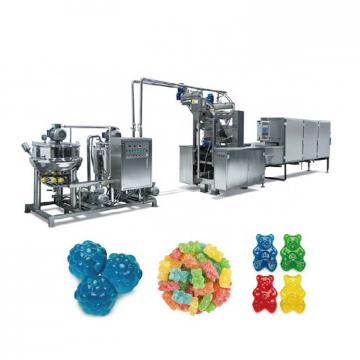 High efficiency food beverage factory stone paper production line
High efficiency food beverage factory stone paper production line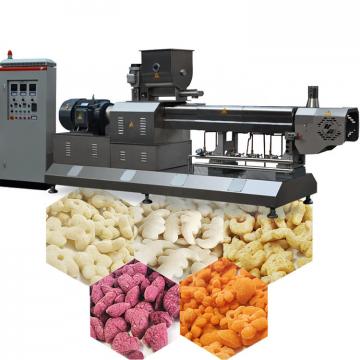 Factory price Fully automatic Machine PP/PS Plastic Sheet Production Line
Factory price Fully automatic Machine PP/PS Plastic Sheet Production Line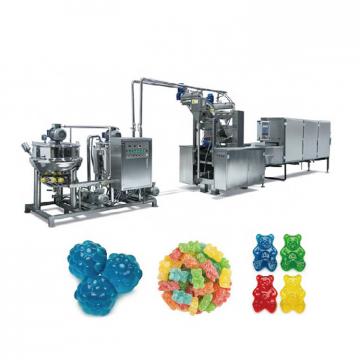 used deformered bar rolling mill production line
used deformered bar rolling mill production line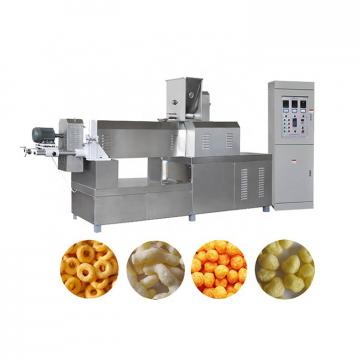 Manufacturing plant automatic factory puffed sticky rice cracker production line
Manufacturing plant automatic factory puffed sticky rice cracker production line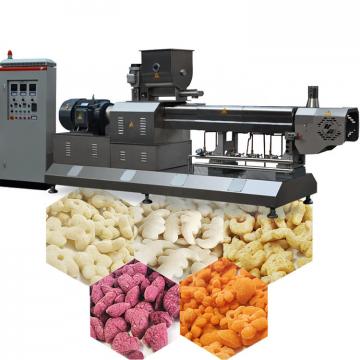 Production Line Pp Ppr Plastic Pipe Making Machine 20-63mm Multi-layer Extrusion Production Line For Water Supply
Production Line Pp Ppr Plastic Pipe Making Machine 20-63mm Multi-layer Extrusion Production Line For Water Supply